The Ruins of Chichen Itza and A Grand Cenote
Over a thousand years ago Mayan engineers laid down the plans for a mighty undertaking. One that required precision, patience, insane amounts of manpower, and a shocking scientific knowledge about the world, solar system, and engineering.
My morning started shortly after 7. As the sun rose over the bay, I meandered my way along the main drag in Playa del Carmen. I walked lazily, hoping to find something edible and affordable for breakfast, before connecting with the day-long bus tour to Chichen Itza and a large Cenote I’d booked the afternoon before. I was curious and a bit anxious. The all day tour was only $40 USD. A fair bit less than a lot of the other competitors and dirt cheap for an all day tour. Especially one that included the entrance to the ruins, a buffet lunch, and entrance to a large stabilized cenote/swimming area.
The weather was incredible. The remnants of the previous day’s storm were lazily clinging to life as the sun gently pushed its way towards apex. All the while the Sun’s rays cut giant holes through the clouds, lancing giant golden rays towards the coast and into the water. It was truly one of the most breathtaking sunrises I’ve seen in a very, very long time. In many ways, it was the most majestic thing I’d see all day. Eventually I found my way back to a bench in front of the closed restaurant where I was schedule to meet my driver. Ere long I noticed a few other travelers doing the same thing and struck up a conversation. As it turned out, several of the women near by were traveling together and from the west coast. The younger ones were in their late 20s/early 30s and were loads of fun. We quickly exchanged stories and laughed as we anxiously tried to figure out what/where/how we would be finding our way to the bus. As it turned out, the ladies were actually scheduled with a different tour company, much to our collective disappointment. My disappointment increased as I was led to the vehicle we’d be using: Unlike the van I’d been promised we’d be taking I was greeted by a 16 person mini bus. Annoyed at the increased size, my frustration deepened as I realized that I’d also been lied to about the tour language. I’d been told it was an English only tour, instead it quickly became obvious that the tour would be delivered in Spanish 2/3 of the time with the occasional English follow up. Uncomfortable in my tiny seat, pissed off about being lied to and anything but happy about the Spanish historical video playing on the Van’s TV I settled in for the 2+ hour drive from Playa del Carmen to the ancient Mayan city of Chichen Itza.
The city itself is thought to have become a regional power around 600 A.D. For the next 400 years the city enjoyed varying degrees of power before eventually collapsing around 1,000 A.D. – though the site itself retained a significantly reduced population there after and is believe to have remained active for several hundred years, largely due to the large Cenotes. Upon our arrival we made our way down dirt pathways that were lined by local Mayan craft art supplemented by the usual tourist crap. The sheer number of small table stands and vendors is a tribute to the immense draw Chichen Itza has as a tourist attraction. I recently read that Chichen Itza is Mexico’s second most popular/visited Archaeological site. The site itself was fairly sterile. Major buildings have been restored/stabilized, vegetation cleared, and grass planted in major areas. As we paused in front of the main pyramid, “El Castillo” our guide explained the incredible details of the pyramid’s construction and orientation. The pyramid was built with painstaking attention detail so that every step, tier, and decoration had some sort of powerful meaning or purpose. The most impressive of which was the way the steps and edges of the pyramid aligned during the equinox twice a year. Wikipedia explains the event, “On the Spring and Autumn equinox, at the rising and setting of the sun, the corner of the structure casts a shadow in the shape of a plumed serpent – Kukulcan, or Quetzalcoatl – along the west side of the north staircase. On these two annual occasions, the shadows from the corner tiers slither down the northern side of the pyramid with the sun’s movement to the serpent’s head at the base”. You can see the staircase sans shadows in the photo above.
From the main pyramid we cut down and across towards the “La Iglesia” structure in the Las Monjas complex of buildings. On the way we paused briefly at several small pyramids and temples before reaching a heavily decorated building, which had a number of powerfully carved decorates dedicated to/depicting the Mayan god of rain Chaac.
From there it was on to the Observatory – another incredible piece of astrological/archeological mastery, before pausing briefly for a snack. Then it was back to the main plaza by the primary pyramid – which, by the way, can no longer be climbed by the public.
From there we explored several of the other smaller temples and archeological ruins, pausing to take in the impressive carvings and monster-like figures carved into the local stone.
In addition to the site’s amazing archeological wonders, it’s also home to a plethora of unusual plant life. The plant life creates a vibrant, often enthralling backdrop to the ancient Mayan wonders, and re-affirmed my respect for the Mayan’s resilience and ability to carve their way through thick jungle. In retrospect, I wish I’d seen Chichen Itza long before visiting Guatemala’s Tikal. While impressive in scale and scope I could not help but feel that Tikal dwarfed Chichen Itza in every way. The pyramids were larger and more majestic, the jungle wilder, the ruin complex larger, the site itself less polished. I had high expectations for Chichen Itza. After all, the site has been selected as one of the “New Wonders of the World” and has drawn travelers, scholars and heads of state alike. These expectations were somewhat disappointed. That said, however, it truly is a wondrous place. Just make sure you see it BEFORE you see Tikal.
From Chichen Itza it was back onto the bus for a brief trip down the street to a large cenote-turned water park. The cavernous Cenote had been stabilized and reinforced, with a small, secondary tunnel carved into the side of the large cavernous area. I quickly changed into my swimsuit, and began to make my way down through the cave/tunnel, pausing briefly at the two overlooks that opened up onto the sinkhole/cenote’s interior.
The Cenote itself was incredible. A large tubular sinkhole that stretched at least 100 feet down into the earth, before cutting into deep blue/green water, there was a small waterfall that cascaded down the sheer face of the cenote’s walls, before splashing across the water’s surface. The whole area was surrounded by long vines, many of which stretched at least 100 feet from the surface, down into the cenote.
Once at the bottom, I jumped in and swam for a bit. Pausing briefly to look up towards the surface. All the while reveling in the natural beauty of the Cenote’s fern, moss and vine covered walls. From there it was up a series of steps to a jump some 15-20 feet up. Once there, after a momentary pause I launched myself out and into the dark green waters, dodging fish and hanging fines as I torpedoed down into the water. As impressive as the Cenote was above water, our guide told us it stretched another 70 some odd meters below the surface. Truly an incredible place. From there it was back onto the bus for a tired nap and long drive home. The following day I’d be piling onto a plane and making the short flight back to Arizona. The Yucatan is truly a wondrous place, one I hope you will all consider visiting. It is home to amazing natural beauty, delightful food, amazing experiences, and a rich archeological history. On that note, this post is the final in my series on my December 2009 Central America trip. Stay tuned for new posts, adventures and destinations.
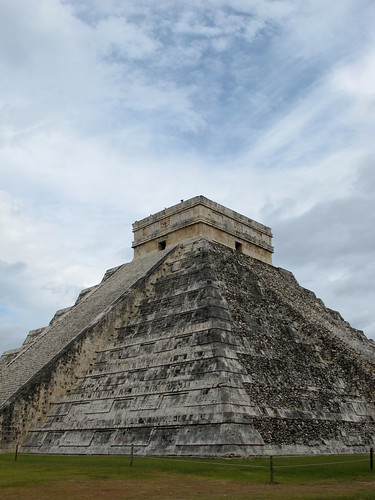

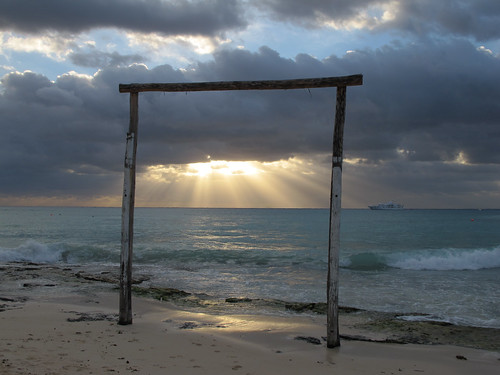

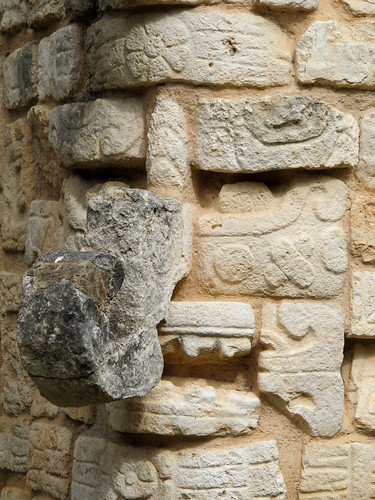
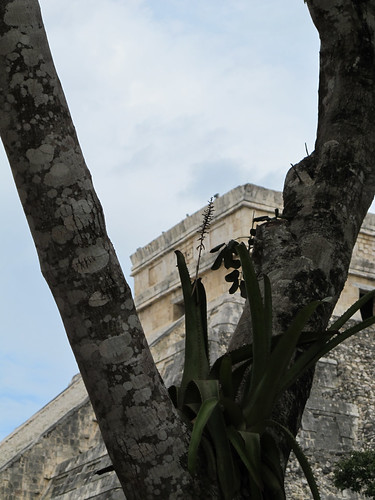
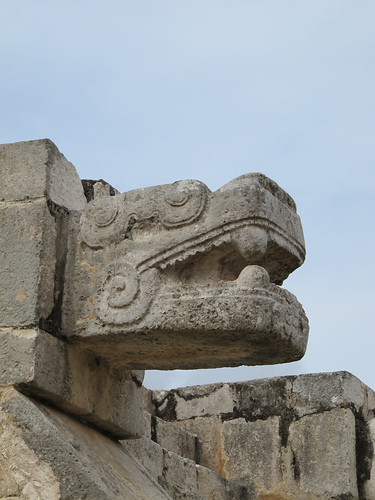
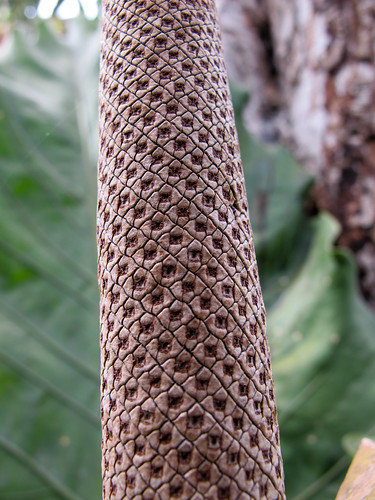

It looks so beautiful — the sunsets remind me of the ones we have here in St. Lucia. You should visit
Sunswept Resorts
sometime!
Rachel